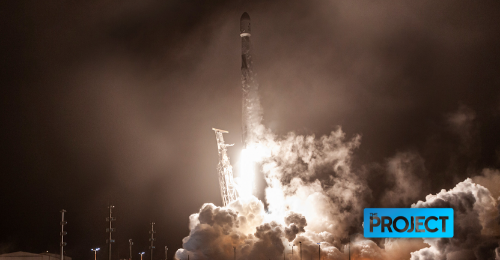The storm was triggered by a burst of radiation from the Sun.
The 40 affected satellites were part of the 49 satellites launched last Thursday by SpaceX as part of its Starlink internet communications network.
In a statement, SpaceX explained the storm causes “the atmosphere to warm and atmospheric density at our low deployment altitudes to increase”.
The storm caused atmospheric drag to increase up to 50 per cent higher than previous launches.
“The Starlink team commanded the satellites into a safe mode where they would fly edge-on (like a sheet of paper) to minimise drag—to effectively ‘take cover from the storm’,” it said.
However, up to 40 of the satellites could not leave safe mode due to the increased drag at low altitudes.
These satellites will reenter or have already reentered the Earth’s atmosphere.
“The deorbiting satellites pose zero collision risk with other satellites and by design demise upon atmospheric reentry—meaning no orbital debris is created, and no satellite parts hit the ground,” the statement said.
“This unique situation demonstrates the great lengths the Starlink team has gone to ensure the system is on the leading edge of on-orbit debris mitigation.”





























